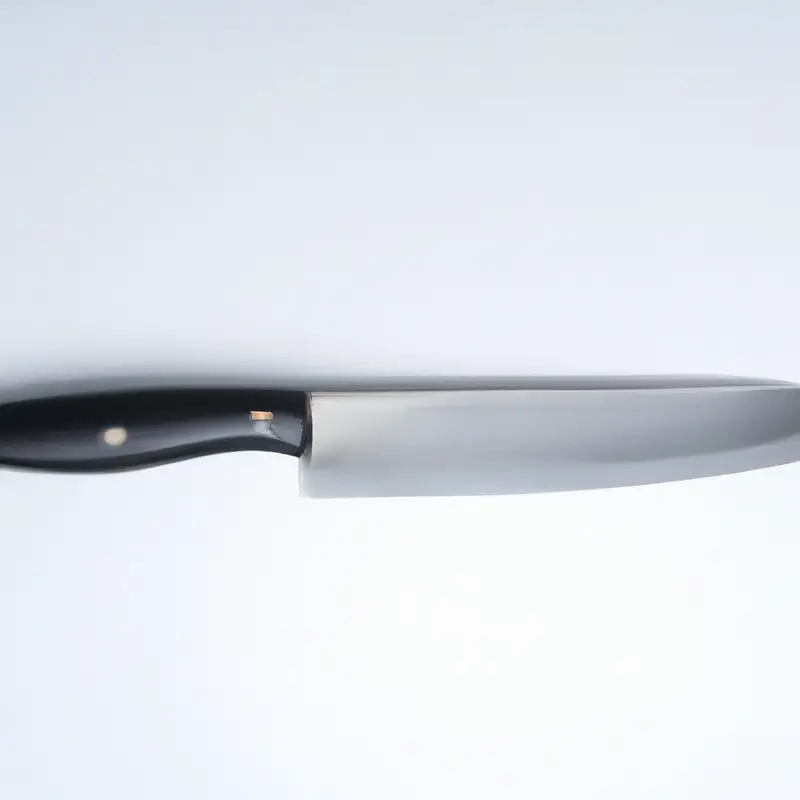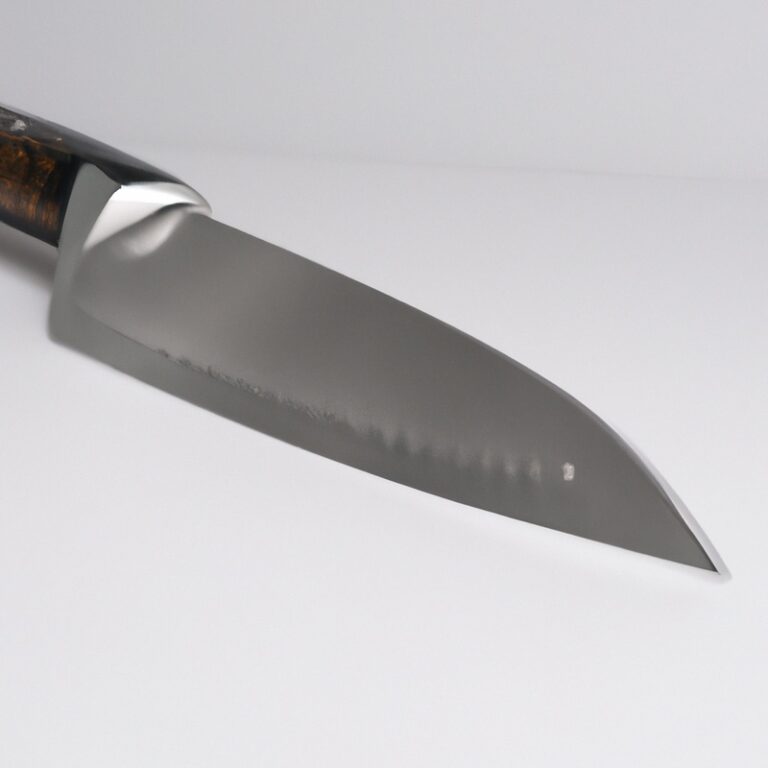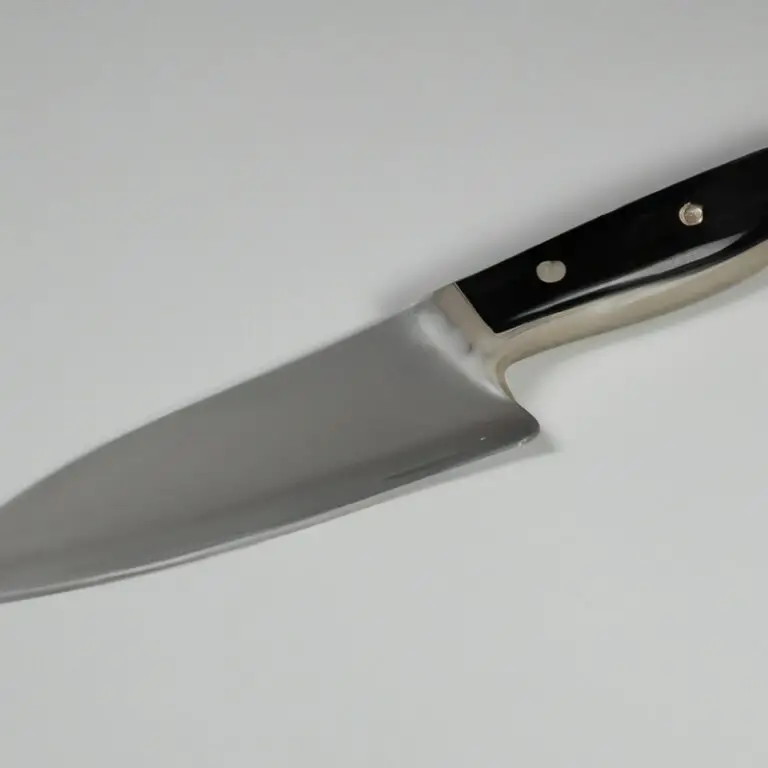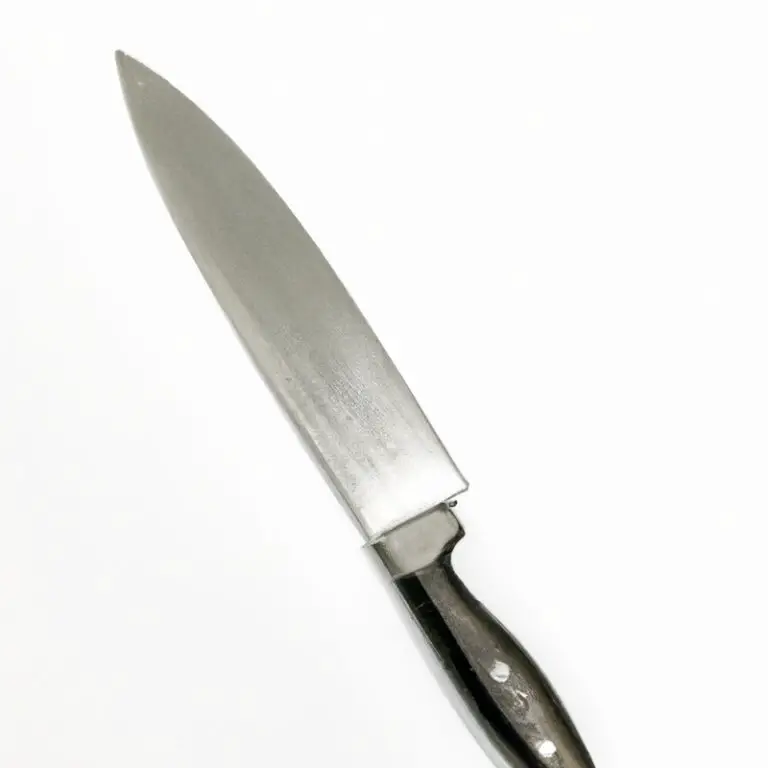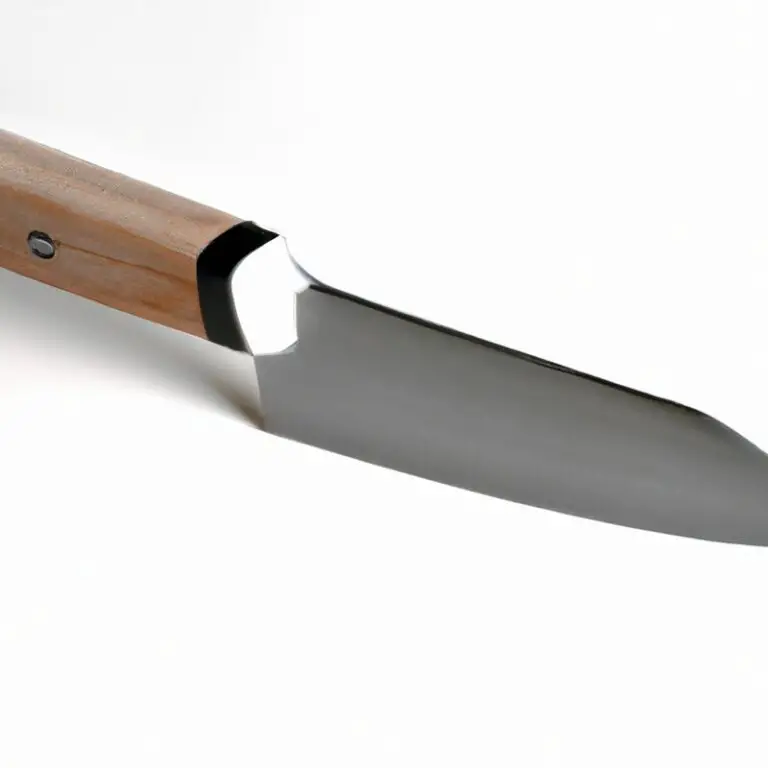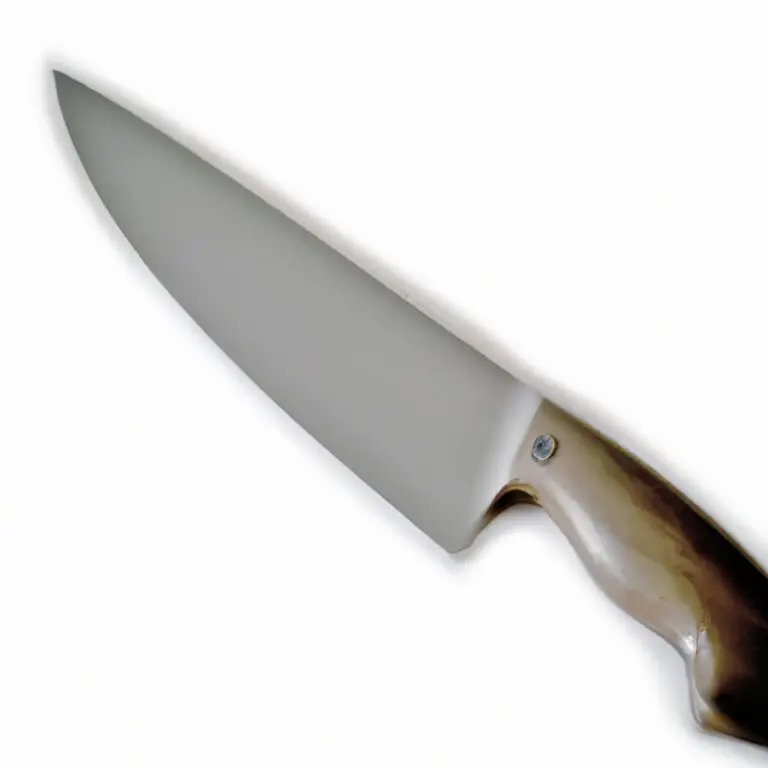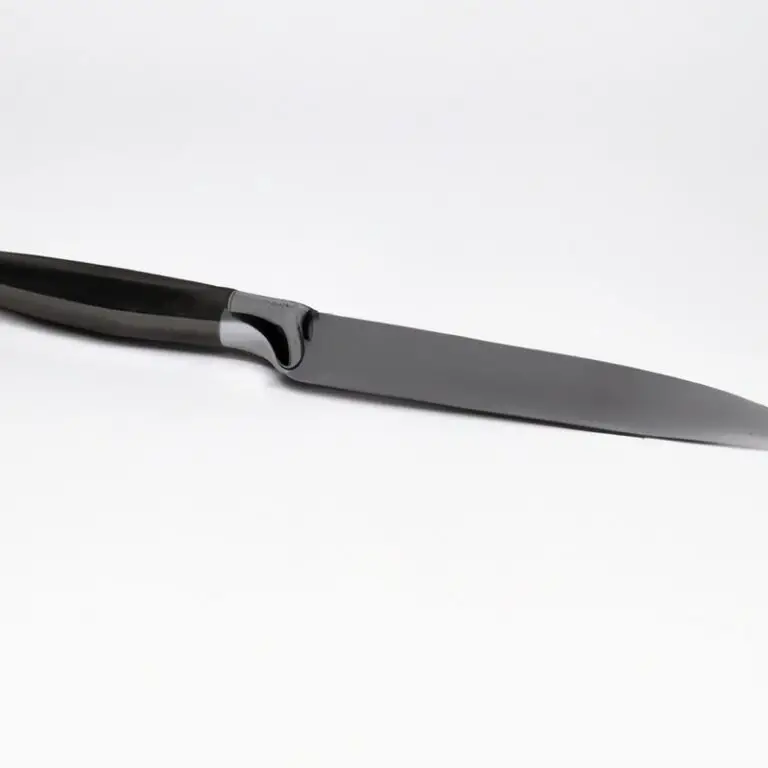How To Fillet a Plaice Using a Fillet Knife? Master The Technique Like a Pro!
Key Takeaways:
- Start with a sharp fillet knife to make clean and precise cuts.
- Use slight pressure and long, smooth strokes to remove the fillet from the fish.
- Follow the natural contours of the fish’s bone structure to avoid wasting any meat.
- Practice and patience are key to mastering the art of filleting a plaice with a fillet knife.
If you’re a seafood lover, you’ve probably heard of plaice. This popular flatfish is a staple in many European cuisines, and can be cooked in a variety of ways.
However, filleting a plaice can be a daunting task if you’re not familiar with the process.
Fear not, because with the right tools and technique, anyone can learn to fillet a plaice like a pro. In this article, I’ll guide you step-by-step through the process of filleting a plaice using a fillet knife.
From choosing the right knife to storing your fillets for future use, we’ll cover everything you need to know to ensure perfect fillets every time.
| Steps | Instructions |
|---|---|
| Step 1 | Place the plaice on a cutting board with the dark side facing up. Use a sharp fillet knife to cut the fish’s head off, taking care not to cut too deeply and puncture the gall bladder. |
| Step 2 | Starting at the head, run the fillet knife along the spine, cutting down to the backbone. Use a sawing motion and take care not to cut through the rib bones. |
| Step 3 | Cut through the rib cage using your fillet knife or kitchen scissors. This will free the fillet from the body. |
| Step 4 | Slide the knife between the skin and the flesh on one end of the fillet. Holding the skin with one hand and the knife with the other, gently saw the knife down the length of the fillet, taking care not to remove too much flesh. |
| Step 5 | Remove the other fillet by repeating steps 2-4 on the other side of the fish. |
Necessary Tools for Filleting Plaice
To fillet a plaice, you will need some essential tools to make the process easier and efficient. Firstly, a good quality fillet knife is a must-have, as it allows you to make precise cuts and separates the flesh from the bones effortlessly.
It is important to choose a sharp fillet knife with a flexible blade to navigate the curves of the fish.
Additionally, a cutting board with a non-slip surface will keep the fish in place and prevent any injuries. You will also need a pair of good quality kitchen scissors to remove the head and trim the fins.
A pair of tweezers or pliers will come in handy to remove any remaining bones from the fillets.
Gloves are optional but can protect your hands from any cuts and fish slime. Overall, the necessary tools for filleting a plaice are a good quality fillet knife, a cutting board with a non-slip surface, kitchen scissors, tweezers or pliers, and optionally gloves.
Having these tools ready will make filleting a plaice much easier, efficient, and safer.
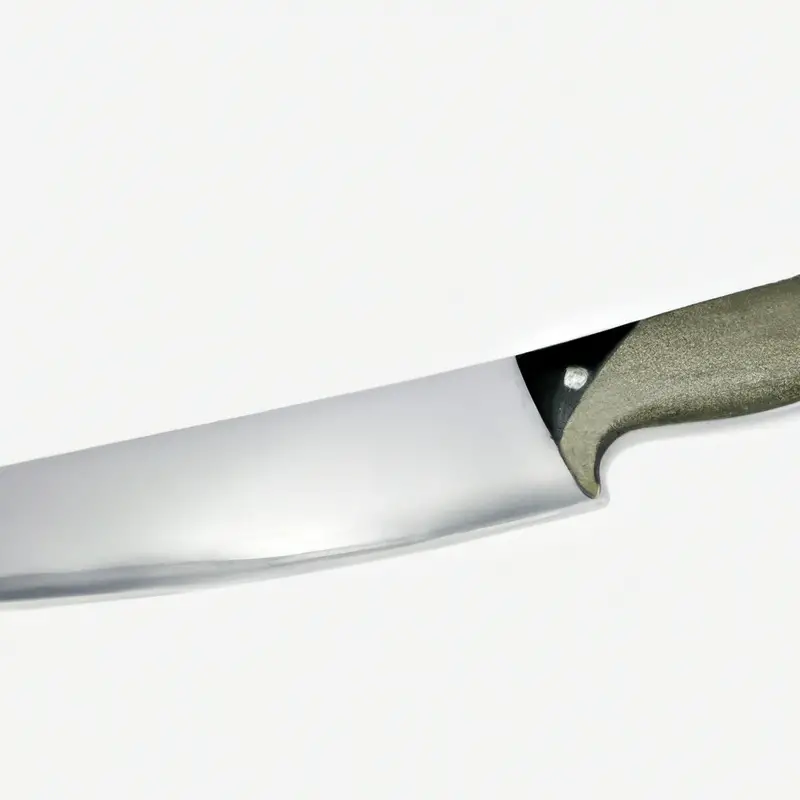
Choosing a Good Quality Fillet Knife for Filleting Plaice
To properly fillet a plaice, you need the right fillet knife. Here are a few tips for choosing a good quality fillet knife to make the process smoother:
- Blade length: For filleting plaice, it’s recommended to use a fillet knife with a blade length between 6 and 8 inches.
- Blade flexibility: Choose a knife with a flexible blade that can bend to the contour of the fish.
- Handle: Look for a knife with a comfortable and non-slip handle that provides a firm grip even when wet.
- Blade material: Good quality fillet knives are usually made from stainless steel or high carbon steel. Stainless steel is a good option for those looking for a blade that requires less maintenance, but high carbon steel blades make for sharper and more durable knives.
- Cost: A good quality fillet knife doesn’t have to be expensive. You can find a great fillet knife within the $25 to $60 range.
It’s essential to choose a good quality fillet knife that’s right for you before starting the filleting process. A good fillet knife not only ensures smoother filleting but also makes the process safer and more manageable.
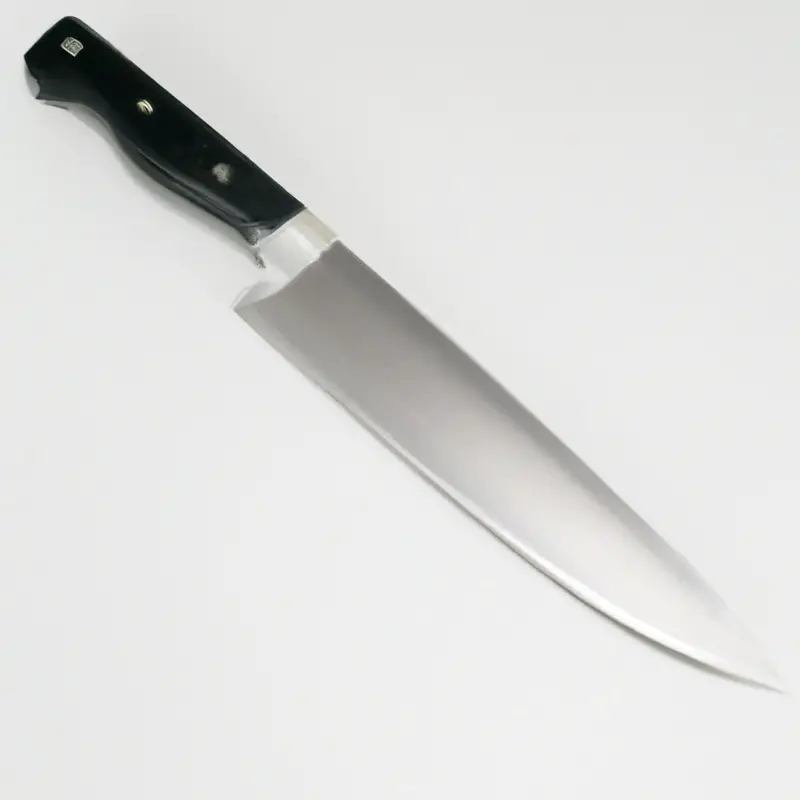
Preparing the Plaice for Filleting
Before you start filleting a plaice, the first step is to prepare the fish properly. Follow these steps to prepare the plaice for filleting:
- Rinse the plaice under cold running water to remove any remaining scales, dirt, and debris.
- Pat the plaice dry with a clean kitchen towel or paper towel.
- Lay the plaice flat on a cutting board with its head facing away from you.
- Use a sharp knife to remove the head by cutting through the flesh right behind the gills. Discard the head.
- Make a shallow cut along the center of the fish’s belly from the base of the throat to the tail.
- Use your fingers or a spoon to remove the entrails and discard them.
- Rinse the inside of the plaice under cold water to remove any remaining blood or debris.
- Pat the plaice dry with a clean kitchen towel or paper towel.
Now that you have prepared the plaice, you are ready to start filleting.
Step-by-Step Guide on How to Fillet a Plaice using a Fillet Knife
Step-by-Step Guide on How to Fillet a Plaice using a Fillet Knife:
- Start by cleaning the plaice thoroughly, removing any scales or debris on the skin. Rinse the fish under cold water.
- Place the plaice on a cutting board, with the head pointing towards your dominant hand. Secure the fish with your non-dominant hand.
- Using a sharp fillet knife, make an incision from the head to the tail, along the spine of the plaice. Be careful not to cut too deep into the bones.
- Remove the head of the plaice by cutting through the joint where it meets the body.
- Using the fillet knife, cut along the rib bones to remove the fillet from the fish. Use gentle, smooth strokes, following the shape of the fish.
- Repeat the process on the other side of the plaice to remove the second fillet.
- Flip the fillet over and remove the skin by sliding the knife between the skin and meat of the fish, using a sawing motion.
- Use the knife to trim any remaining bones or excess fat from the fillet.
- Once you have both fillets, rinse them under cold water and pat them dry with a paper towel.
Now that you have learned how to fillet a plaice using a fillet knife, you can use these skills to create a variety of delicious meals. Keep practicing and soon you’ll become an expert at filleting fish.
Removing the Skin from the Plaice Fillet
To remove the skin from a plaice fillet, place the fillet on a cutting board skin-side down. Using a sharp fillet knife, gently cut between the flesh and the skin.
Hold the tail end of the fillet down with one hand while using the other hand to slide the knife along the skin.
Be careful not to remove too much flesh with the skin. Repeat for the other fillet.
An alternative method is to use a fish skinning tool, which does the job quickly and with less risk of losing any flesh.
Using a fish skinning tool, hook the tool behind the skin at the tail end of the fillet and pull it towards the head, taking care not to cut into the flesh. Whichever method you choose, be sure to remove all the skin from the fillet before cooking.
The skin can be tough and can prevent the seasoning from penetrating the fish evenly.
Trimming the Plaice Fillet for Cooking
To trim the plaice fillet for cooking, you need to remove any remaining bones and trim off any excess fat or skin. Using a sharp fillet knife, carefully remove any pin bones by pulling them out with fish tweezers or pliers.
Then, trim off any excess skin and fat from the edges of the fillet.
Finally, cut the fillet into desired portions for cooking. Properly trimming the fillet ensures a more enjoyable eating experience and ensures all bones are removed for safety.
Tips to Ensure Perfect Fillets Every Time
To ensure perfect fillets every time when filleting a plaice using a fillet knife, here are some tips to follow:
- Sharpen your fillet knife before use: A sharp knife will make clean cuts and result in better-quality fillets.
- Practice proper technique: Make sure to maintain a consistent angle throughout the filleting process and keep your knife blade close to the bones.
- Use a cutting board with a non-slip surface: This will keep your plaice stable and prevent it from slipping or sliding while you fillet.
- Remove all bones and pin bones: Take your time to ensure you remove all bones before cooking to prevent choking hazards.
- Keep your fillets refrigerated until ready to use: This helps maintain freshness and flavor.
By following these tips, you’ll be able to master filleting plaice using a fillet knife, and produce perfect fillets every time.
How to Store the Plaice Fillets for Future Use
After filleting your plaice, you’ll want to ensure that the fillets remain fresh and safe from spoilage until you cook them. Here are some tips on how to store your plaice fillets for future use:
- Place the fillets in an airtight container or wrap them tightly in plastic wrap. Proper sealing helps prevent air exposure, which can cause spoilage.
- Store the fillets in the coldest part of your refrigerator, which is typically the bottom shelf. This will ensure the fish stays chilled, but be sure to use them within 1-2 days of refrigeration.
- If you’re not going to use the fillets immediately, consider freezing them. Wrap the fillets tightly in plastic wrap or aluminum foil, then place them in a freezer-safe bag. Label the bag, including the date, and freeze for up to 6 months.
- To thaw frozen plaice fillets, remove them from the freezer and put them in the refrigerator to thaw overnight. Once thawed, do not re-freeze.
By following these storage tips, you can preserve the quality and freshness of your plaice fillets until you’re ready to use them in your favorite recipes.
Different Ways of Cooking Plaice Fillets
There are various ways to cook plaice fillets once you have filleted them using a fillet knife. Here are some of the most popular ways to cook plaice fillets:
- Pan-frying: Heat some oil or butter in a pan, and fry the fillets skin-side down for 2-3 minutes, then flip and cook for another 1-2 minutes until the flesh is cooked through.
- Grilling: Brush the fillets with some oil and seasonings, and grill them for 3-4 minutes on each side, until they are lightly browned and crispy on the outside.
- Baking: Place the fillets in a baking dish, add some sauce or seasoning, cover with foil, and bake in a preheated oven for 10-15 minutes, until the fillets are tender and cooked through.
- Steaming: Place the fillets in a steamer basket or on a plate in a steamer, and steam them for 6-8 minutes, until they are firm and opaque.
- Poaching: Add the fillets to a pot of simmering water or broth, and cook them for 5-6 minutes, until they are opaque and cooked through.
Experiment with different cooking methods to find your favorite way of cooking plaice fillets. Remember to season them with herbs, spices, and sauces to bring out their natural flavors.
Enjoy your perfectly filleted and cooked plaice fillets!
Final Verdict
Filleting plaice using a fillet knife can seem daunting at first, but with the right tools and technique, it can be a satisfying and rewarding experience. By following the step-by-step guide outlined in this article, you can create perfect fillets every time and impress your family and guests with your culinary skills.
Remember to choose a good quality fillet knife, prepare the plaice properly, and take your time to remove the skin and trim the fillets for cooking.
With practice, you will become more confident and efficient, and you may even discover new ways of cooking and serving plaice fillets. By storing your fillets properly, you can also enjoy them at a later time and reduce waste.
Whether you grill, bake, fry, or poach your plaice fillets, they are sure to delight your taste buds and provide a healthy source of protein and nutrients.
So go ahead and try filleting a plaice today, and enjoy the delicious results!

